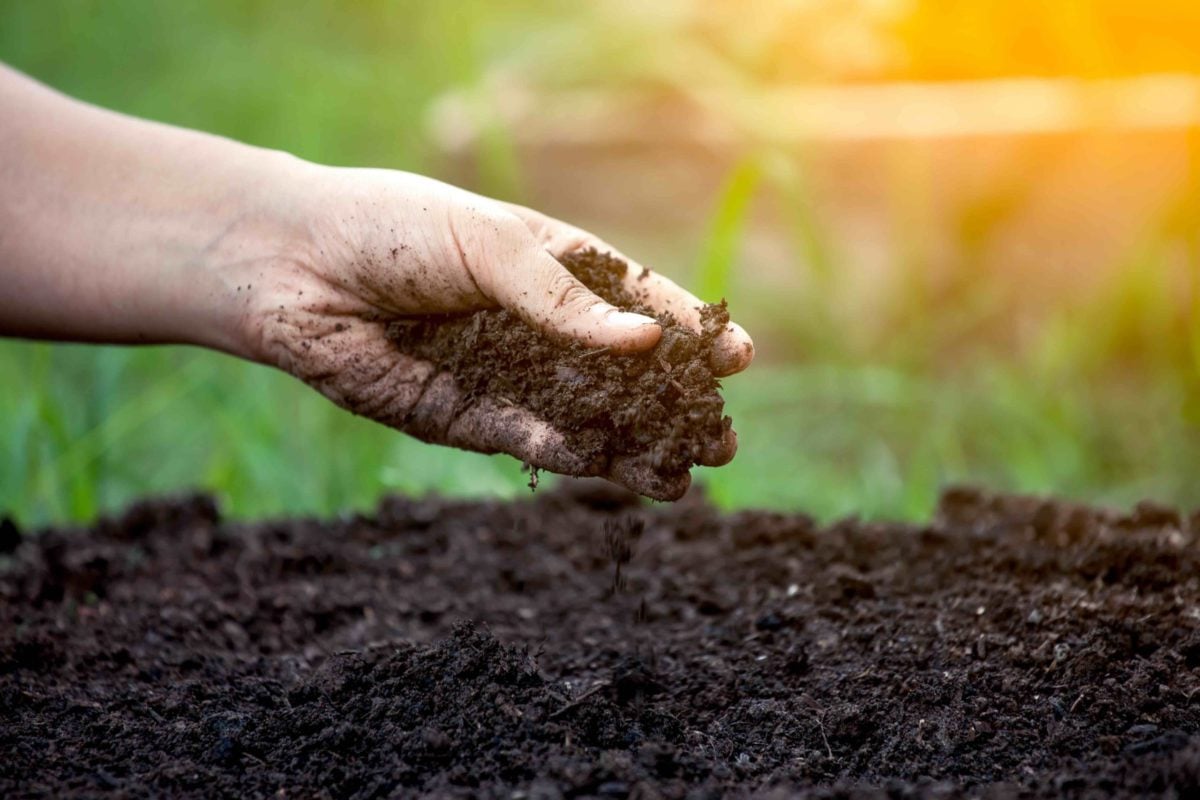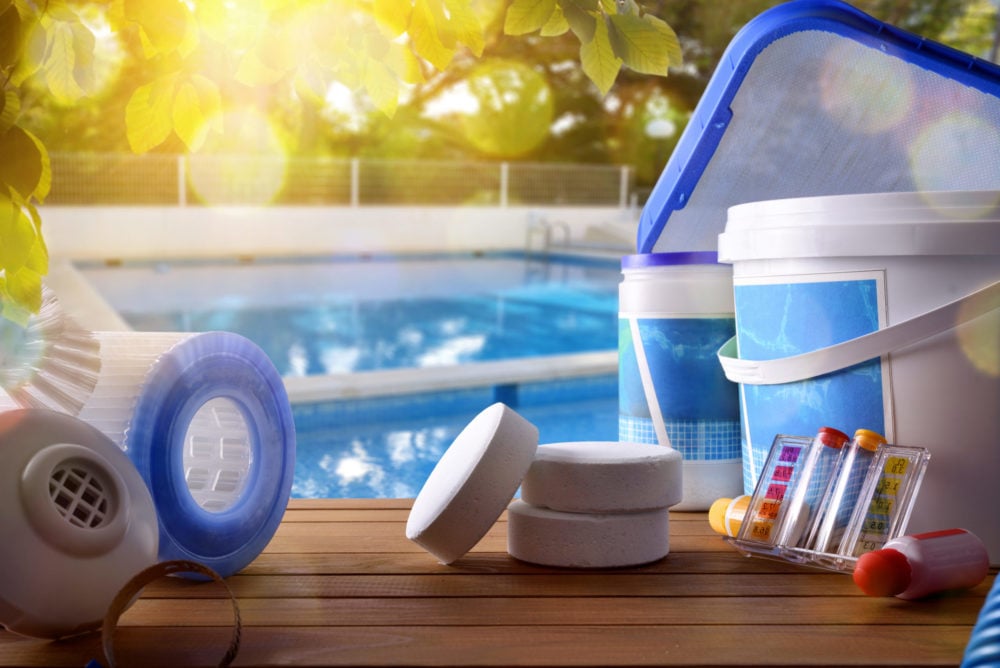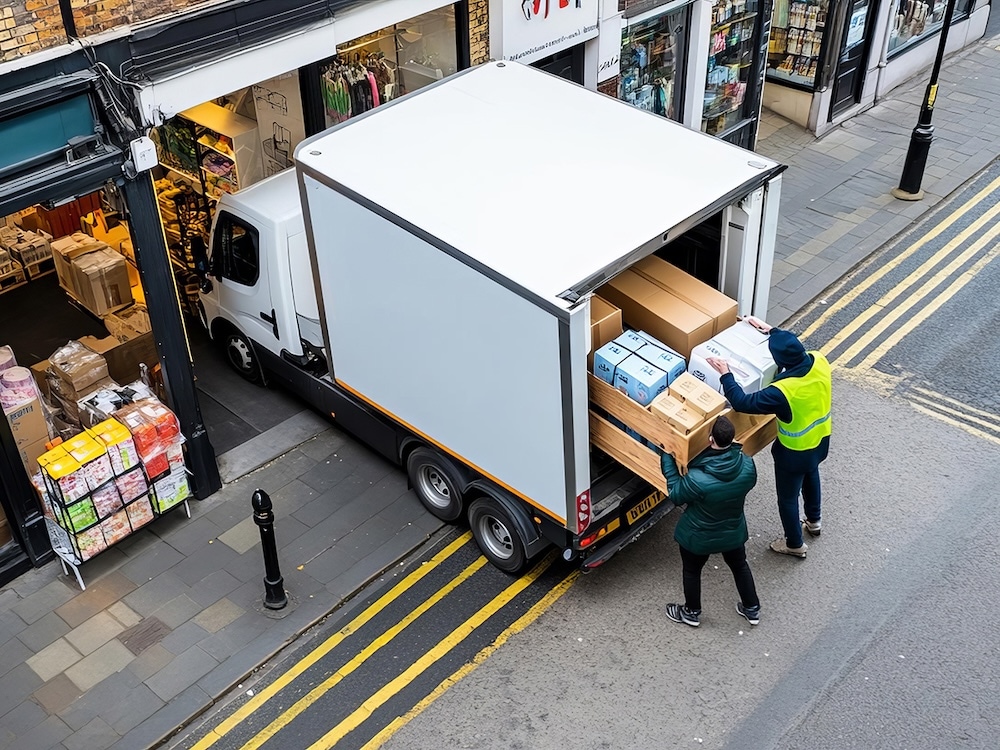
Advancements in Compostable Flexible Packaging
In 2020, we looked into myths about sustainable packaging, including the question of whether or not compostable packaging is sustainable, specifically when it comes to plastic packaging. Compostable packaging still had a long way to go with its infrastructure and consumer follow-through.
There are still many barriers to overcome in the development and supporting infrastructure; however, its viability continues to improve, and the demand for it is growing. According to Data Bridge Market Research, the compostable packaging market is expanding, expected to reach $21.63 billion by 2027.
Compostable packaging offers a unique opportunity to reach consumers who value sustainability and are receptive to different options, which is why it’s a consideration for many CPG brands. There are several factors in making the switch from legacy formats to compostable.
As we continue to monitor the compostable packaging movement, here are some current insights that should help you on your journey to finding the best solution for your packaging goals.
Recyclable vs. Compostable Packaging: Why Consider Compostable?
Consumers and brands alike tend to see recyclability as the be-all end-all for achieving their sustainability goals, but some products may not lend themselves to recyclability. While the advent of mono-material constructions and compatible closures for flexible packaging has opened the door to fully recyclable pouches and the opportunity to support the circular economy, there is still the question of what will happen to the package after use.
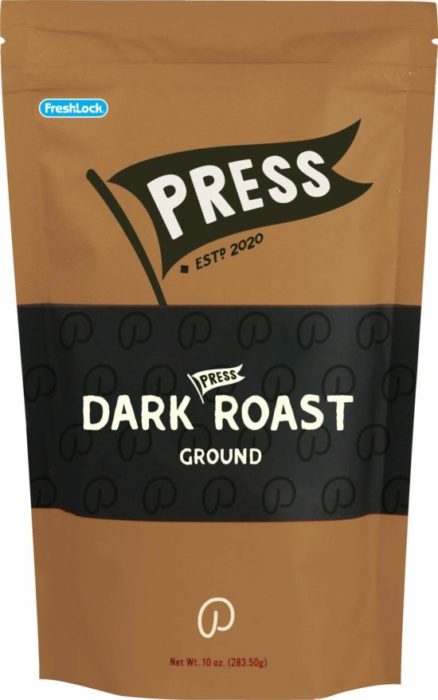
Some products, like coffee, that leave oil and residue on packages can use compostable packaging as a sustainable alternative to recyclable materials.
For some applications, recycling isn’t the optimal path. Consumers must clean residues, oils, and product remnants from packages to avoid contaminating the recycling stream. This is an unrealistic expectation for many product types. While rigid packaging is currently easier to recover and sort, it can generate more greenhouse gases than other formats. A steel coffee can, for example, emits seven times more greenhouse gases than a standup flexible pouch (FPA), arguably mitigating the sustainability benefits of the package’s recyclability.
Is Compostable Packaging Cost Effective?
There are many benefits and new opportunities from compostable packaging. Despite the upsides, implementing compostable packaging can be challenging and costly for packagers. The infrastructure for producing compostable packaging is still catching up, and compostable materials often cost more, as they’re relatively new, and originate from different sources than common plastics.
Many companies are equipped to handle legacy package formats, and the investment required to replace machines and upgrade infrastructure for entire operations is not yet feasible. Additionally, these new packaging materials may come in at three to four times the cost of typical resins, adding to the overall investment.
To overcome this challenge, companies and brands can begin the process by adding infrastructure changes gradually. If you are considering compostable flexible packaging, look into pouch converters and contract manufacturers to learn which materials and suppliers may work best for your products and operation. For example, the Fresh-Lock team continuously tracks the development of new pouch formats and materializations to ensure our closures will complement those packages and technologies.
As the compostable packaging market and infrastructure grow, so will material supply and the ability to produce at a larger scale.
Compostable Package Testing and Certifications
Additional considerations with compostable packaging are certification and testing. The most prominent certification body in the U.S. is the Biodegradable Products Institute (BPI), and the primary specification associated with the compostability of a package is ASTM D6400. The BPI is the only third-party verification of ASTM standards for compostable products in North America.
Its Certification Mark indicates verification of compostability for manufactures and brand owners to use on products and packaging. Additionally, it can be used by consumers, end-users, and composters to determine if a product or package is compostable.
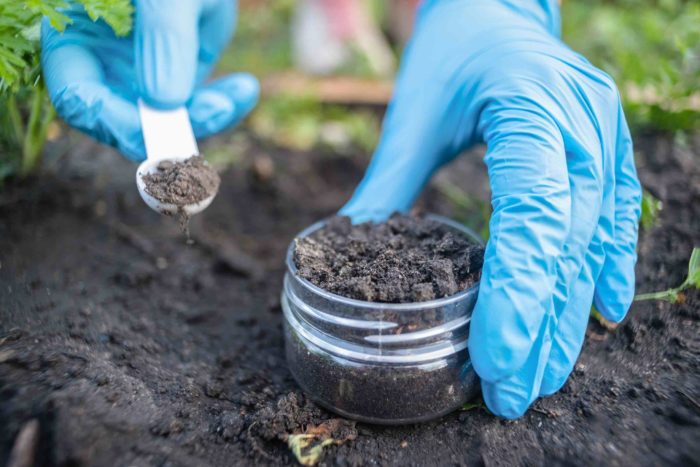
There are organizations outside of North America that also provide compostable packaging certification. TÜV AUSTRIA offers industrial as well as home compost certifications for packaging.
There are also many third-party agencies, universities, and packaging suppliers that offer screening programs. This is a cost-effective method for submitting compostable packaging to see how it will perform prior to full certification. Compostability analysis by these organizations will include testing for different components such as soil destabilization and toxicity.
Converting Compostable Packaging Materials
The development of Fresh-Lock® zipper style 8015, an industrial compostable zipper that seals to compostable films at lower temperatures than others in the market, gave the Fresh-Lock team an opportunity to put its materials in a package converting environment. One of the key takeaways was that compostable materials set up differently from a processing standpoint than legacy petrochemical materials.
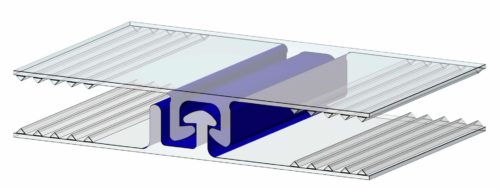
Fresh-Lock® zipper style 8015
Once the materials are set up, the results of the process and package prove to have promising qualities. Unlike some recyclable materials, compostable packaging seems to have a somewhat larger operating window. For some applications, lower temperatures could be used for applying the 8015 closure to the pouch. Pouch uniformity is attractive, and it has uniform seals and crush where the zipper and the sidewalls of the pouch meet.
Compostable Packaging Suppliers & Partners
It might seem like we have our work cut out for us in the packaging industry when it comes to compostable packaging, but as the Fresh-Lock team has seen working in the recyclable packaging space, partnership between suppliers and engineers is critical to developing successful sustainable packages. Collaboration between packaging engineers, suppliers, and printers helps overcome obstacles to making a truly compostable package a reality. Ultimately, it’s collaboration with the right partners that will set you up for long-term success.
Contact the Fresh-Lock team today if you have questions about compostable packaging solutions.

 Back to Blog
Back to Blog